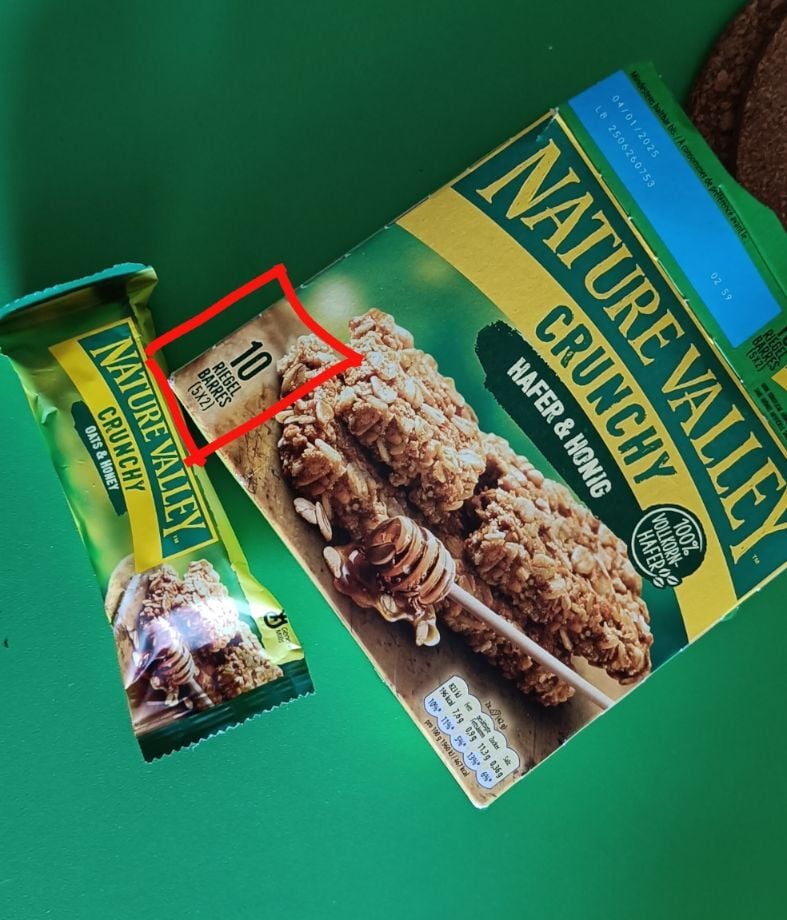I was in a rush and I needed to pick up a quick snack that I could eat during class. I chose these Nature Valley bars which said they had ten bars inside. What I failed to notice is the tiny print at the bottom where it says 5 x 2, i.e., 5 packets with two bars.
Lo and behold when I open a pack during a break, I find two bars inside. I didn't want to eat two bars, just one. You can't even just leave the other fucking bar inside because they create so MANY crumbs. How the fuck are you supposed to seal it???
Stupid-ass deceptive printing got the better of me. It's not the end of the world, just mildly infuriating.


Yep, a few forks were identified within a few hours. I think the maintainers had forks too.